Introduction
Turkish rugs are famous worldwide for their detailed patterns and rich history. These beautiful rugs improve spaces and serve as art pieces. Each rug shows the skill and creativity of the craftsmen who make them. Many use techniques passed down through generations.In this detailed guide, we will explore the intriguing realm of Turkish rugs. We will examine their historical roots, the different styles available, and offer expert advice on selecting and maintaining them.People have cherished Turkish rugs for centuries because of their unique blend of artistry and functionality.
Stock Availablity:In Stock
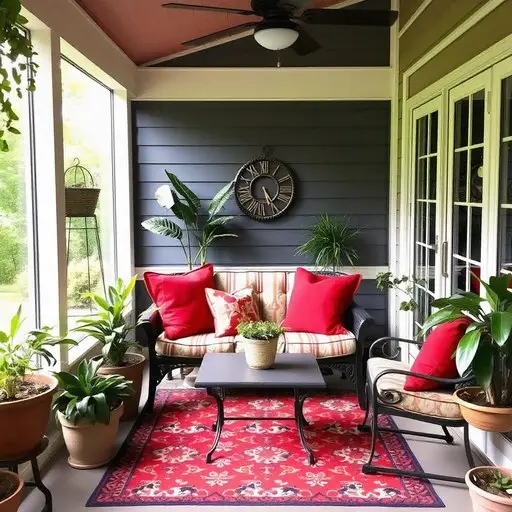
If you want to read more about turkish rugs, this guide will help you understand Turkish rugs better and give you the knowledge to choose and care for them wisely. Let’s start this journey to explore the lasting charm of Turkish rugs. We will see why they still captivate people everywhere.
History of Turkish Rugs
Turkish rugs have a long and storied history that dates back to ancient times. Artisans in the Anatolian region initially created these rugs for practical purposes, such as providing warmth and comfort.Over time, they became important art forms. They display the cultural and historical influences of the areas that created them. The Seljuk and Ottoman periods greatly influenced the designs and methods used in making Turkish rugs.
Types of Turkish Rugs
Turkish rugs come in various types, each with its unique characteristics and charm. Here are some of the most popular types:
Kilims
Kilims are flat-woven rugs known for their bold geometric patterns and vibrant colors. They are lightweight and versatile, making them perfect for use as floor coverings, wall hangings, or even furniture throws.
Stock Availablity:In Stock
Oushak Rugs
Oushak rugs are famous for their soft colors and large, floral patterns. Manufacturers often use high-quality wool to make them. This quality gives them a soft and luxurious feel. Because of this, they are popular for living rooms and bedrooms.
Stock Availablity:In Stock
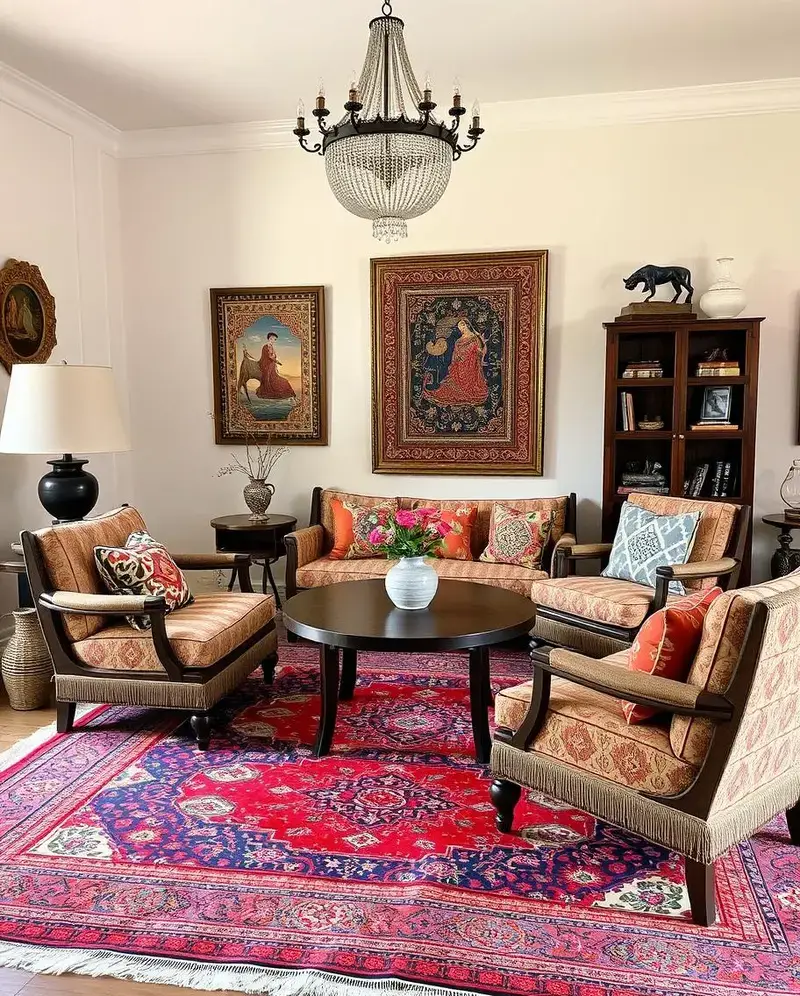
Hereke Rugs
Hereke rugs are known for their intricate designs and fine craftsmanship. Craftsmen make these rugs from silk or a silk-wool blend. People often use them in formal settings. Many people consider them to be some of the most luxurious Turkish rugs.
Stock Availablity:In Stock

Anatolian Rugs
Anatolian rugs encompass a wide variety of regional styles, each with its unique motifs and color schemes. People often characterize these rugs by their rich history and cultural significance.
Stock Availablity:In Stock
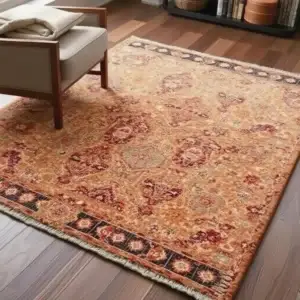
Patterns and Motifs
Turkish rugs are renowned for their intricate patterns and motifs, each carrying its own symbolism and meaning. Common patterns include geometric shapes, floral designs, and animal motifs. Understanding these patterns can help you appreciate the artistry and cultural significance behind each rug. When shopping for a Turkish rug, look for authentic patterns that reflect traditional designs.
Materials and Craftsmanship
The materials and craftsmanship involved in creating a Turkish rug largely determine its quality. Traditional materials such as wool, silk, and cotton are commonly used, each offering distinct textures and levels of durability.
People prize wool for its resilience and warmth, making it a popular choice for everyday use. People value silk for its luxurious sheen and softness, often reserving it for more decorative pieces. Manufacturers frequently use cotton in the foundation of the rug to provide strength and stability.
One key feature of real Turkish rugs is the double-knotting technique. People also know this technique as the Turkish knot or Ghiordes knot.
This method involves looping the yarn around two warp threads, creating a more secure and durable weave. The result is a rug that not only boasts intricate designs but also stands the test of time. This technique is a hallmark of quality and authenticity, distinguishing handmade Turkish rugs from their machine-made counterparts.
Handmade rugs are generally more valuable and unique compared to machine-made ones. Each handmade rug is a labor of love, reflecting the skill and artistry of the weaver. The time and effort invested in creating these rugs result in pieces that are not only beautiful but also one-of-a-kind. Machine-made rugs are cheaper but don’t have the unique details and personal touch of handmade rugs.
In summary, the materials and skill used to make a Turkish rug are crucially important. They affect the rug’s quality and value. Whether you pick a wool, silk, or cotton rug, knowing these details will help you make a smart choice. This will also help you appreciate the skill behind each piece, whether handmade or machine-made.
How to Choose a Turkish Rug
When choosing a Turkish rug, it’s important to consider several factors to ensure it complements your space and meets your needs. Here are some tips to help you make an informed decision:
Size
The size of the rug is crucial in determining how well it fits into your home space. Measure the area where you plan to place the rug and consider the layout of your furniture. A tiny carpet could potentially disrupt the room’s balance, whereas an overly large one might dominate the area.Common sizes include small accent rugs, medium-sized area rugs, and large room-sized rugs. Choose a size that enhances the overall aesthetic of your room.
Color
The color of the rug should harmonize with your existing decor. Turkish rugs come in a wide range of colors, from vibrant reds and blues to more subdued earth tones. Consider the color palette of your room and choose a rug that either complements or contrasts with it in a pleasing way. For a cohesive look, you might opt for a rug that picks up on accent colors in your furniture or artwork.
People recognize Turkish rugs for their intricate patterns, which can range from geometric designs to floral motifs. Think about the style of your room and choose a pattern that enhances it. For a modern space, a rug with bold, geometric patterns might be ideal. For a more traditional or eclectic room, a rug with intricate floral or tribal designs could be a perfect fit.
Authenticity
Authenticity is key when purchasing a Turkish rug. Handmade rugs are generally more valuable and unique compared to machine-made ones.
Look for signs of handmade craftsmanship, such as slight irregularities in the weave and variations in color. Artisans often use traditional materials like wool, silk, and cotton in authentic Turkish rugs. The double-knotting technique, known as the Turkish knot, is a hallmark of genuine craftsmanship.
Buy Turkish rugs from trusted sellers. This helps you get a good-quality rug. Both online and offline retailers can offer authentic rugs, but it’s essential to do your research.
Look for sellers with positive reviews and a history of selling genuine products. Online marketplaces like Etsy and specialized rug retailers often have a good selection of authentic Turkish rugs. If buying in person, visit established rug dealers or specialty stores.
By thinking about these factors, you can pick a Turkish rug. This rug will improve your space and add cultural value to your home. Remember, a well-chosen rug is more than just a floor covering; it’s a work of art that can transform your living space.
Caring for Your Turkish Rugs
Proper care and maintenance are essential to preserve the beauty and longevity of your Turkish rug. These timeless pieces require a bit of attention to keep them looking their best for years to come. Here are some tips to help you maintain your rug:
Regular Vacuuming
One of the simplest ways to care for your Turkish rug is through regular vacuuming. This helps remove dust and dirt that can accumulate over time. Be sure to use a vacuum with a gentle suction setting to avoid damaging the fibers. Vacuum both sides of the rug to ensure thorough cleaning.
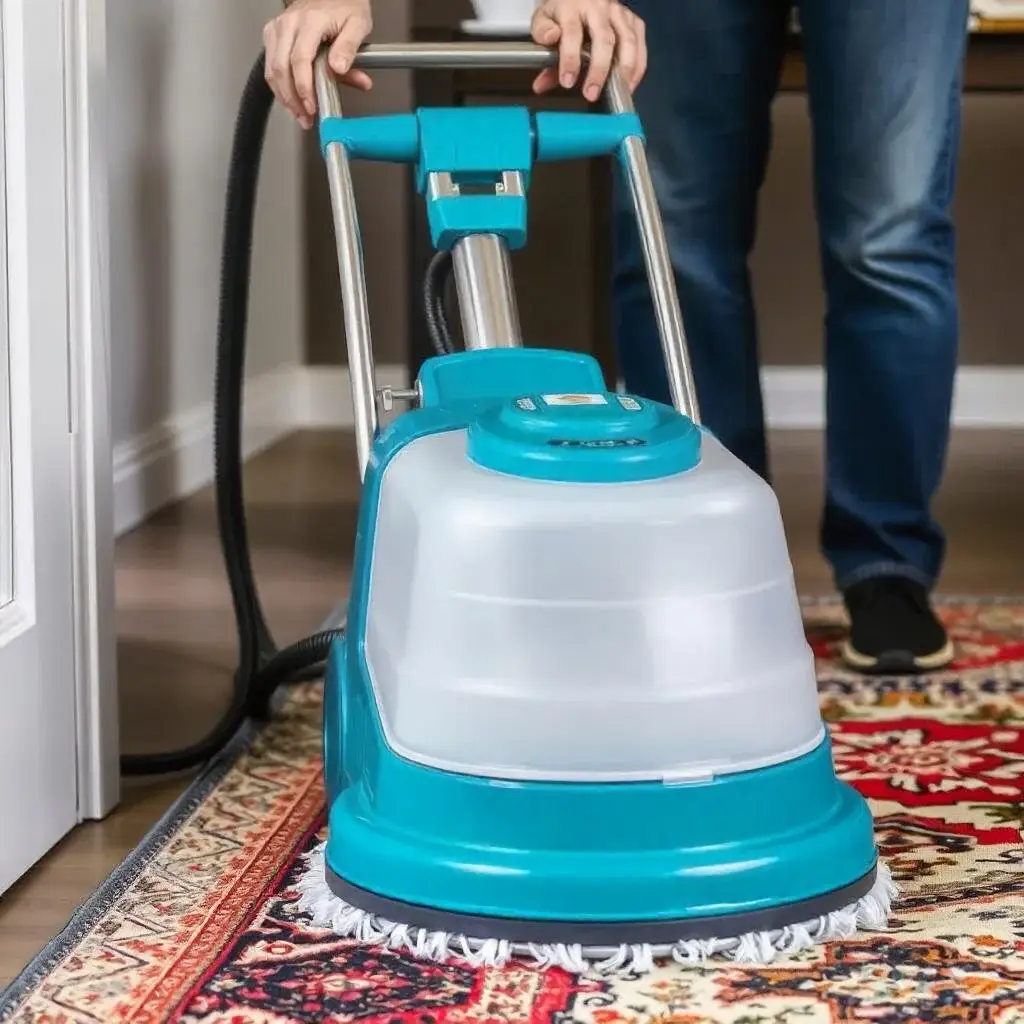
Gentle Cleaning
For minor stains or spills, it’s important to act quickly. Blot the affected area with a clean, dry cloth to absorb as much liquid as possible. Avoid rubbing, as this can push the stain deeper into the fibers. Mix a mild detergent with water to clean gently. Always test a small hidden area first to make sure it doesn’t cause any discoloration.
Avoid Direct Sunlight
Prolonged exposure to direct sunlight can cause the colors of your Turkish rug to fade. To prevent this, place your rug in an area that receives indirect sunlight or use window coverings to block out harsh rays. Rotating your rug every few months can also help distribute any potential fading evenly.
Professional Cleaning
Regular care can keep your rug in good shape. However, it’s smart to have it cleaned by a pro every few years. Professional rug cleaners have the expertise and equipment to deep clean your rug without causing damage. They can also address any specific issues, such as stubborn stains or odors, ensuring your rug remains in top shape.
Preventative Measures
To further protect your rug, consider using a rug pad underneath. This not only provides extra cushioning but also prevents the rug from slipping and reduces wear and tear. Avoid placing heavy furniture on the rug, as it may leave indentations and damage the fibers over time.
More Tips
To keep your Turkish rug looking beautiful and lasting longer, follow these care tips. A well-maintained rug enhances your home with its unique designs and history. It can also become a cherished family item, representing your heritage.
Rugs often carry stories and memories as families pass them down through generations. Each thread connects to the experiences of those who walked on it, making it more than just a decoration. Taking care of your rug helps preserve its beauty and significance for years to come.
A well-cared-for rug stays beautiful and lasts for many years. Regular cleaning, careful placement, and protection from sunlight help keep its bright colors and unique patterns. Taking good care of a rug turns it into a striking centerpiece in a room, improving the overall look of the home.
Moreover, rugs can evoke a sense of nostalgia, reminding family members of special occasions, gatherings, and moments spent together. They can serve as a backdrop for family celebrations, holiday traditions, and everyday life, becoming an integral part of the family narrative.
In many cultures, rugs are not just decorative items; they are often handcrafted works of art, reflecting the skills and traditions of artisans. A well-kept rug can symbolize a connection to one’s roots, representing the craftsmanship and cultural significance of the region from which it originates.
As families grow and change, a treasured rug can be passed down to future generations, carrying with it the stories and memories of those who came before. It becomes a tangible link to the past, a reminder of family bonds, and a piece of history that can be appreciated anew by each generation.
A well-kept rug is more than just decoration. It is a family heirloom that shows love and tradition. It represents the passage of time, making it a true treasure in any home. It is more than just an adornment. People can cherish it for many generations.
Conclusion
Turkish rugs are more than just decorative pieces; they are a testament to centuries of artistry and tradition. Learn about rug history, types, and care to make better choices when buying and maintaining them. Explore the world of Turkish rugs and bring a piece of this rich heritage into your home.

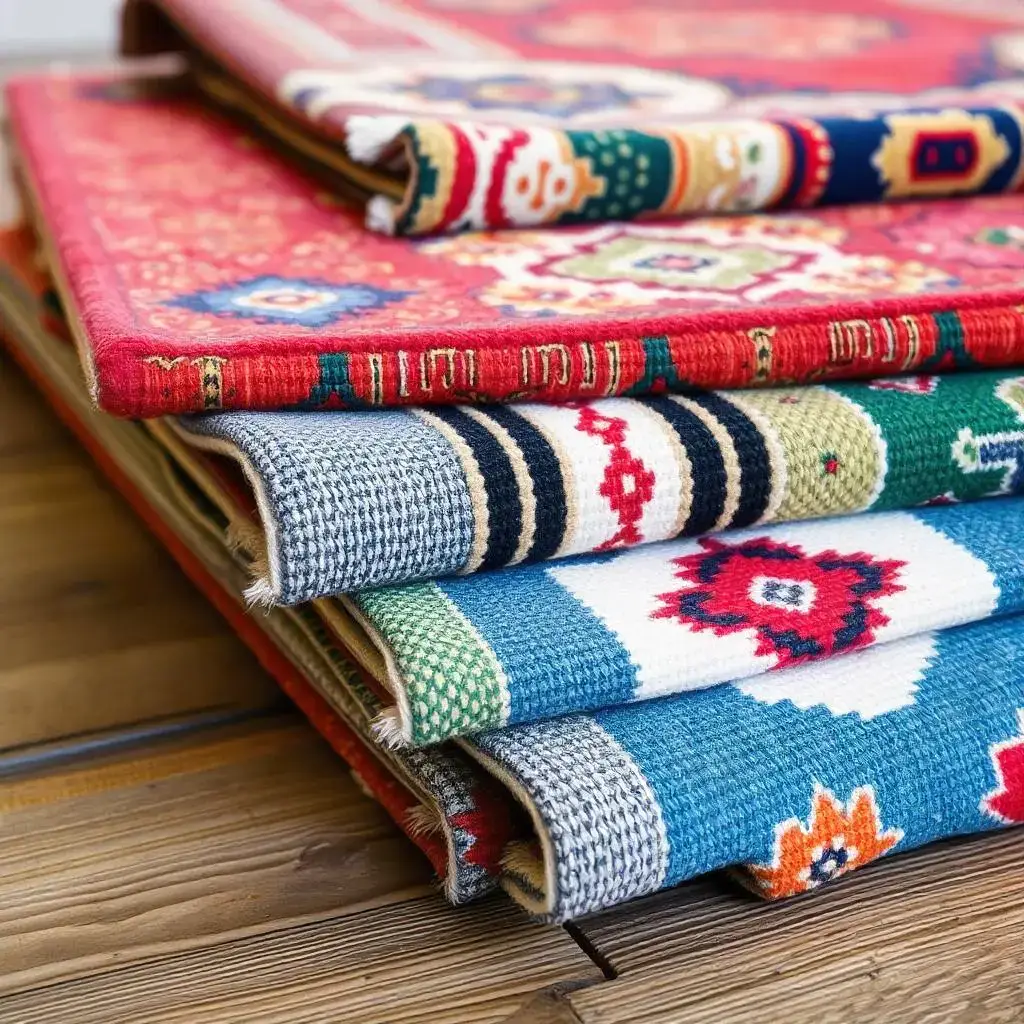
Pingback: Why The Best Belgium-Made Rugs For Your Home In 2025? - Bestturkishrugs.com